Can memory prevent jamming and interlocks?
Project Title : Modelling intelligence and collective dynamics of active agents.
Dr Danny Raj, Rupesh Mahore,Indian Institute of Science, Bangalore.
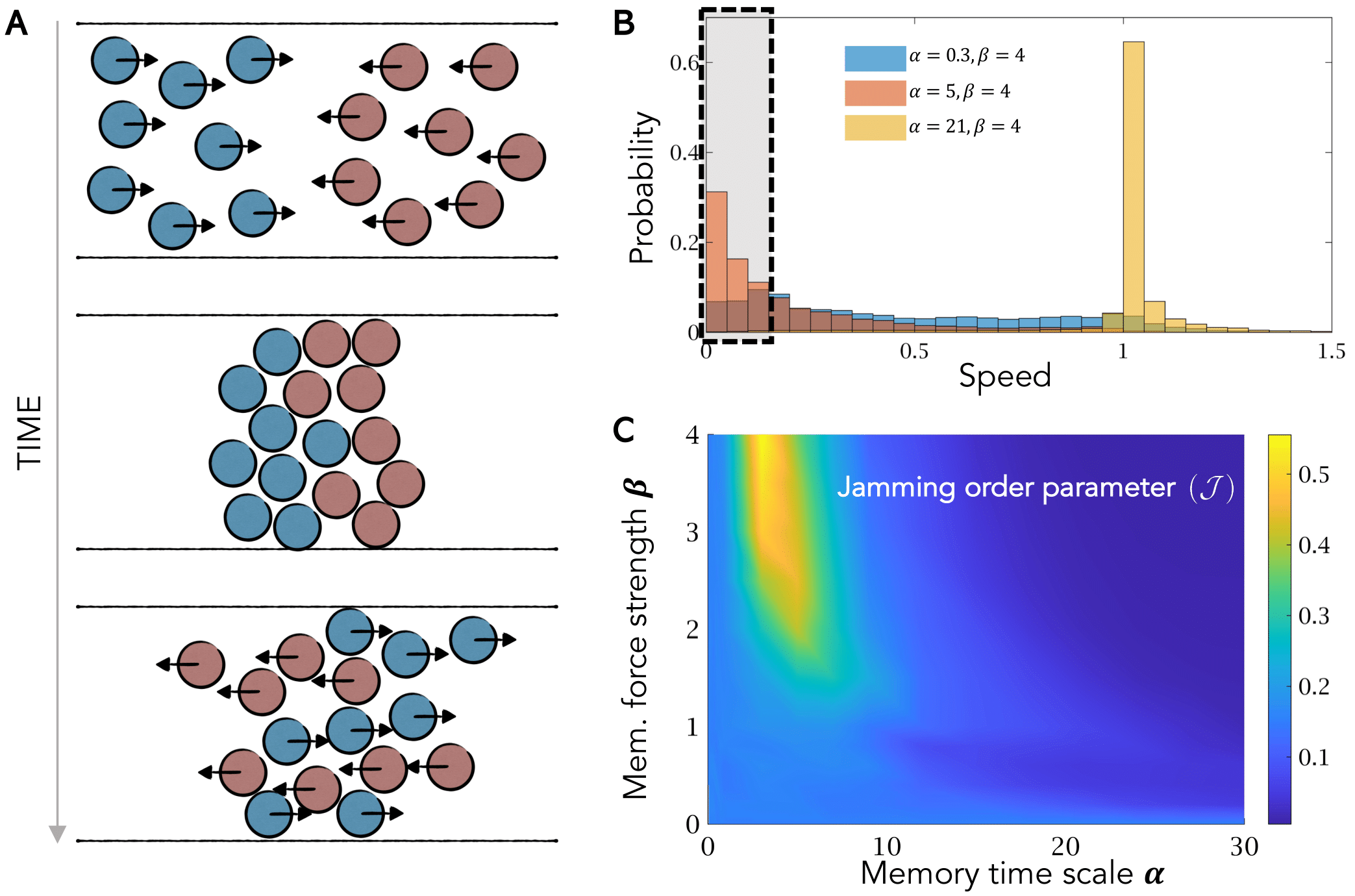
(Upcoming Publication)
Paper linkProject Title : Modelling intelligence and collective dynamics of active agents.
Dr Danny Raj, Rupesh Mahore,Indian Institute of Science, Bangalore.

(Upcoming Publication)
Paper linkActive agents are class of agents .
R. Mahore, (IISc-Bangalore), Dr. Saptarshi Ghosh,(ETH Zurich) .
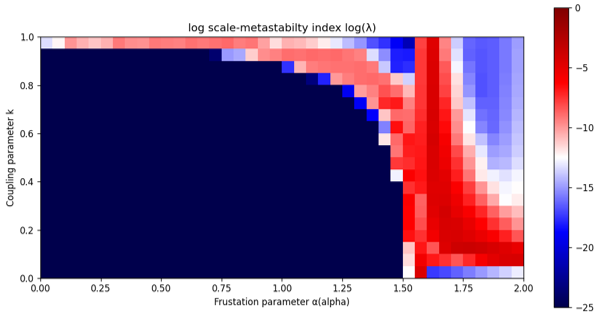
Chimera states, states of coexistence of synchronous and asynchronous motion, have been a subject of extensive research since they were first given a name in 2004. Chimera state is defined as a symmetry breaking phenomenom. In this study we analysed existence of Chimeras in modular Kuramoto model.
(Upcoming Publication)
Emergence of group level phenomenom affecting clinical measurement of motility .
Rupesh Mahore, Dr. Danny Raj, Indian Institute of Science (IISc-Bangalore) .
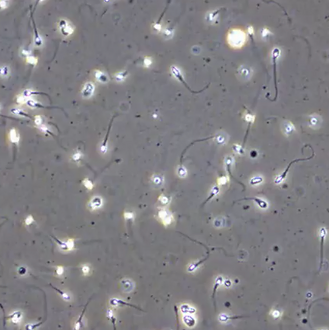
Semen samples imaged under microscope reveal a number of quantitative and qualitative aspects of sperm cells. The quantitative aspect like motility is benchmarked by Computer aided semen analysis (CASA). This 'motility' is directly related to the sperm's ability to traverse inside the female reproductive system in order to reach the egg and possibly fertilize it. CASA however has a number of limitations. Most importantly it doesn’t take into account the interaction between different sperm cells which may alter the motility analyses. We try to understand this problem by performing CASA on experimental dataset of human semen samples VISEM [1] using ML and image processing. We then simulated an agent-based model of sperm cells capturing the main features of their trajectories classified as linear (progressive) and circular(non-progressive) followed by performing CASA routine on these synthetic samples. As we understand how collective behavior of agents obfuscates the inference problem [2], we try to understand the role of density and collective behavior in motility analyses. A number of counter intuitive effects of density were observed for different types of sperms samples. We further tried to investigate these effects along with some pragmatic aspects of CASA like index mixing and index loss by simulating a digital twin of VISEM dataset which includes more complex features of the sperm trajectories.
References
1. Haugen, et al, M., 2019, June. Visem: A multimodal video dataset of human spermatozoa. In Proceedings of the 10th ACM Multimedia Systems Conference (pp. 261-266). 2. Nabeel, A. and Masila, D.R., 2022. Disentangling intrinsic motion from neighborhood effects in heterogeneous collective motion. Chaos: An Interdisciplinary Journal of Nonlinear Science, 32(6), p.063119.Collective dynamics of Prime knots .
Dr. Anna Lapalla, Harvard University .

Prime knots are topological structures which can't be resolved into trivial knots. The study of polymer knots is important in understanding the behavior of many biological molecules such as DNA, RNA, and proteins, which often exhibit knotting and looping behavior in their natural states. The dynamics of these knots can impact their function and properties, such as the stability of a protein structure or the efficiency of DNA replication. In my research, I used molecular dynamics (MD) simulations to generate trajectories of polymer knots and analyzed their behavior using a variety of tools. One of these tools was the contact map, which shows the interactions between different parts of the polymer chain. By analyzing the temporal patterns in the contact map, I was able to identify three distinct fundamental modes of behavior: Orthogonal, Aligned, and a mixed state that combined elements of both. I also looked at the different types of polymer knots and observed that they exhibited different patterns of behavior. For example, the trefoil knot exhibited a more complex and varied set of patterns compared to the simpler figure-eight knot. This suggests that the topology of the knot plays an important role in determining its behavior. Finally, I looked for connections between the fundamental modes I identified and physical properties of the polymer knot. One interesting observation was that the mixed state was associated with greater flexibility in the polymer chain, while the orthogonal and aligned states were associated with more rigid conformations. This suggests that the fundamental modes are related to the overall stiffness or flexibility of the knot.
Oxygen Conservation, Optimisation and monitoring device.
CERN CESP Program, CIE-IIIT Hyderabad .
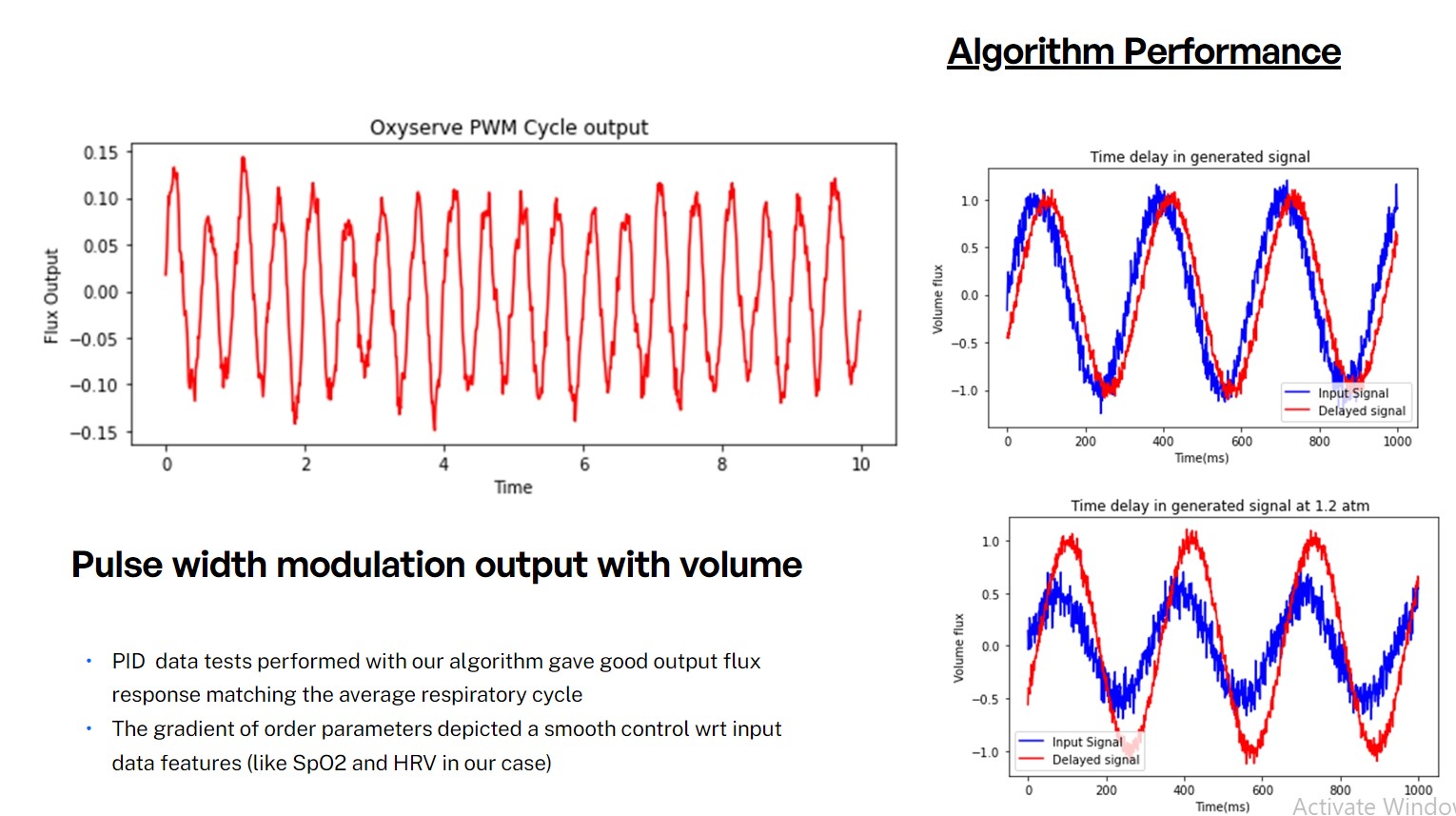
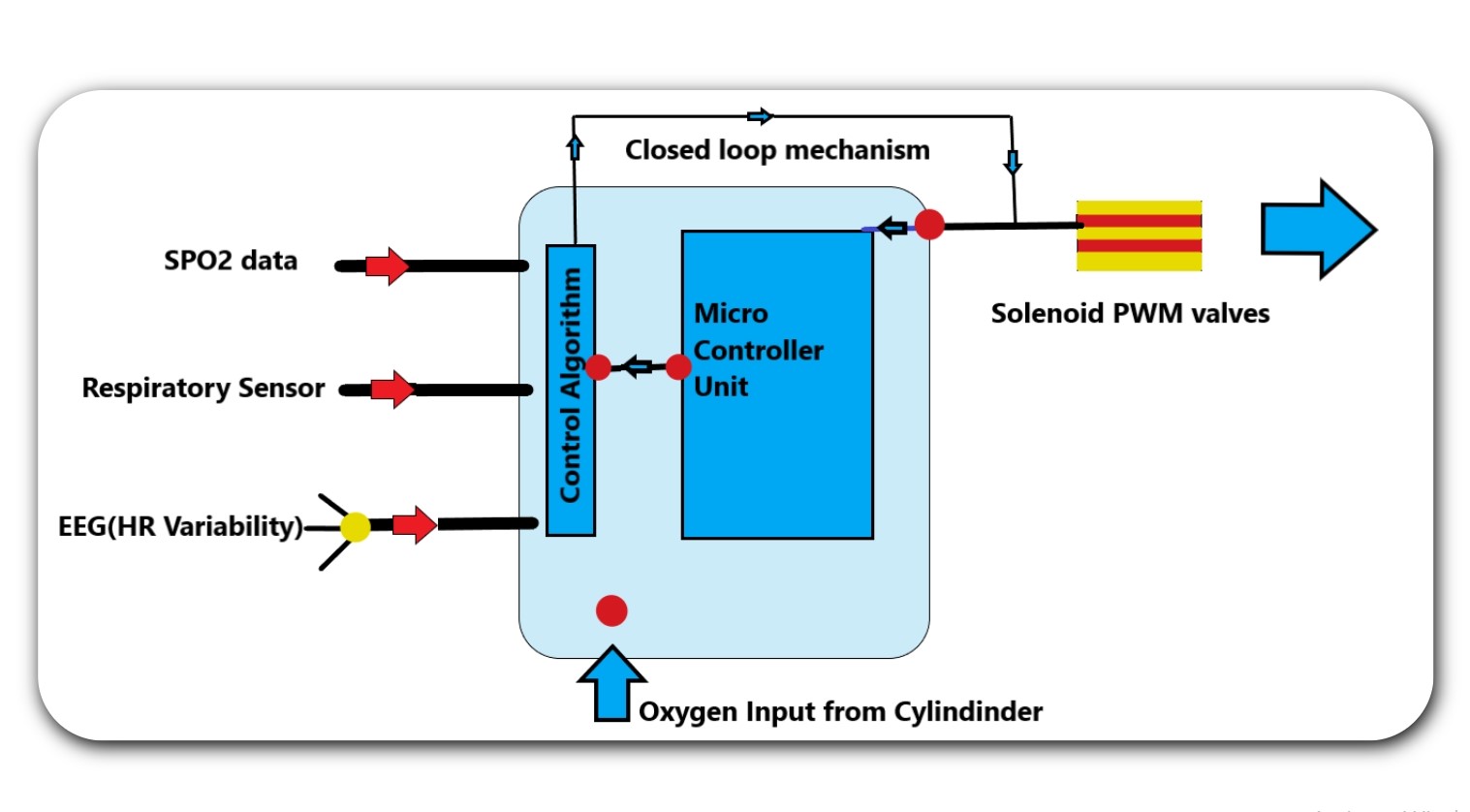
Recieved a grant worth INR 1.2 M from Dept of Science and Technology, Govt of India. Selected as top 5 innovation across the globe by CERN.Oxyserve is an innovative oxygen conservation, optimization, and monitoring device that utilizes machine learning to improve oxygen delivery. Traditional oxygen flow devices can be inefficient and even harmful, leading to issues like hypoxemia and hyperoxemia. Oxyserve uses advanced algorithms and real-time data analysis to optimize the inflow of oxygen, ensuring that patients receive the right amount of oxygen at all times. The machine learning component of Oxyserve enables it to adapt to each patient's unique needs, constantly learning and adjusting to ensure the most effective oxygen delivery possible. By leveraging the power of machine learning, Oxyserve not only conserves oxygen and reduces waste, but it also minimizes the risk of complications and improves patient outcomes. With Oxyserve, healthcare providers can rest assured that their patients are receiving the best possible care, with optimized oxygen delivery that is tailored to their individual needs.
Patent application no 202221066119 (Provisional)
Media link